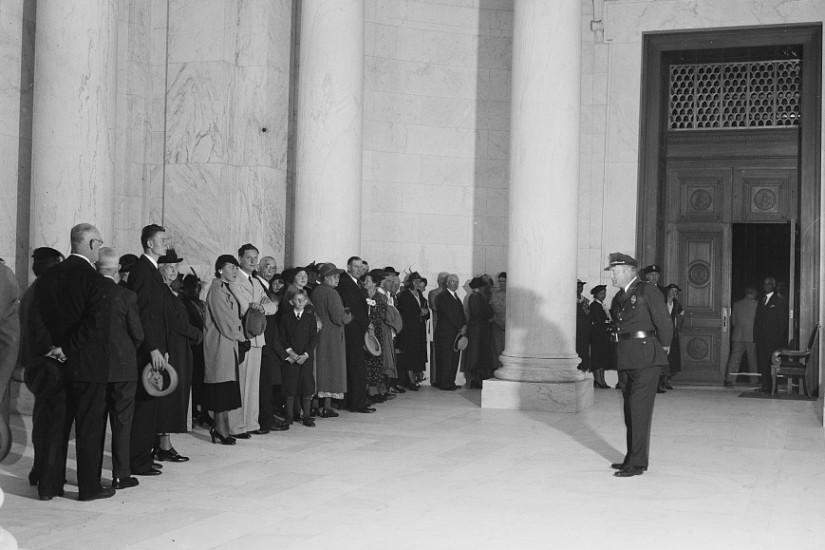Poor John. Anti-Trump forces rallying round judicial independence are focusing not on Adams but on Alexander Hamilton. While Broadway may have something to do with that, it was Hamilton—in the essays that he, James Madison, and John Jay published in 1787 and 1788, collected as The Federalist—who set out perhaps the most thorough founding-era argument for making the judiciary an independent branch of the national government. Hamilton’s Federalist 78, the most detailed of those essays, is now receiving much public appreciation. In a Washington Post opinion piece criticizing Trump’s attack on federal judges, Randy Barnett recently appealed to 78, quoting the view Hamilton expressed there that an independent judiciary is “an indispensable ingredient” of the Constitution. The Economist has cited Hamilton on the matter, too. And in late 2017, the Georgetown University law professor William Michael Treanor published online “The Genius of Hamilton and the Birth of the Modern Theory of the Judiciary,” his chapter dedicated to Federalist 78, forthcoming in The Cambridge Companion to “The Federalist”. Treanor gives Hamilton’s essay credit for the near-solo creation of the modern judiciary.
Yet in lauding Federalist 78, resistance to Trump stumbles into divots, even potholes, in the landscape of an American civics on which any effective resistance would have to rely. The anti-Trump intelligentsia is reading Hamilton’s essay out of historical and political contexts, the founders’ and ours. Confusion begins in misconstruing the essay’s purpose. Hamilton was writing neither a meditation on judiciaries nor a guide to ours. While generations of judges have treated The Federalist as scholarship, precedent, even transcendent truth, the essays are works of persuasion, cranked out in hopes of convincing the delegates of New York to support ratification of the proposed Constitution. There was no federal judiciary when Hamilton wrote essay 78, no high or low courts, no specified number of Supreme Court justices, no federal case law, nothing but a few sentences stating that such a system should exist and—the kicker—making it independent of the other two branches. Hamilton’s goal in 78 was to demolish recently published arguments on the dangers of making the judiciary independent. He wanted to get the Constitution ratified, with the judicial branch a covalent part of government.
